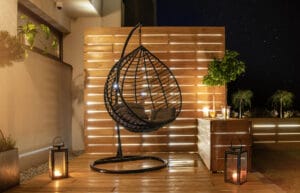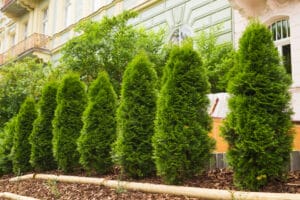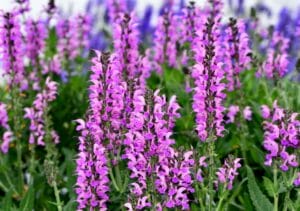
BY DANIELA GIRALDO – APRIL 25, 2024
Synthetic turf has become increasingly popular in landscaping and sports fields due to its low maintenance and year-round usability. With the addition of heating elements, synthetic turf can extend its functionality into colder climates, making it suitable for use even in winter. However, while heated synthetic turf offers numerous benefits, there are certain scenarios where it may not be the best option. In this guide, we’ll explore areas to avoid using heated synthetic turf to ensure optimal performance and longevity.
Indoor swimming pools are often heated to maintain a comfortable temperature for swimmers. While the surrounding areas may also require flooring solutions resistant to moisture and temperature fluctuations, heated synthetic turf might not be the best choice. The constant exposure to chlorine and other pool chemicals can degrade the synthetic fibers and heating elements over time, leading to premature wear and tear.
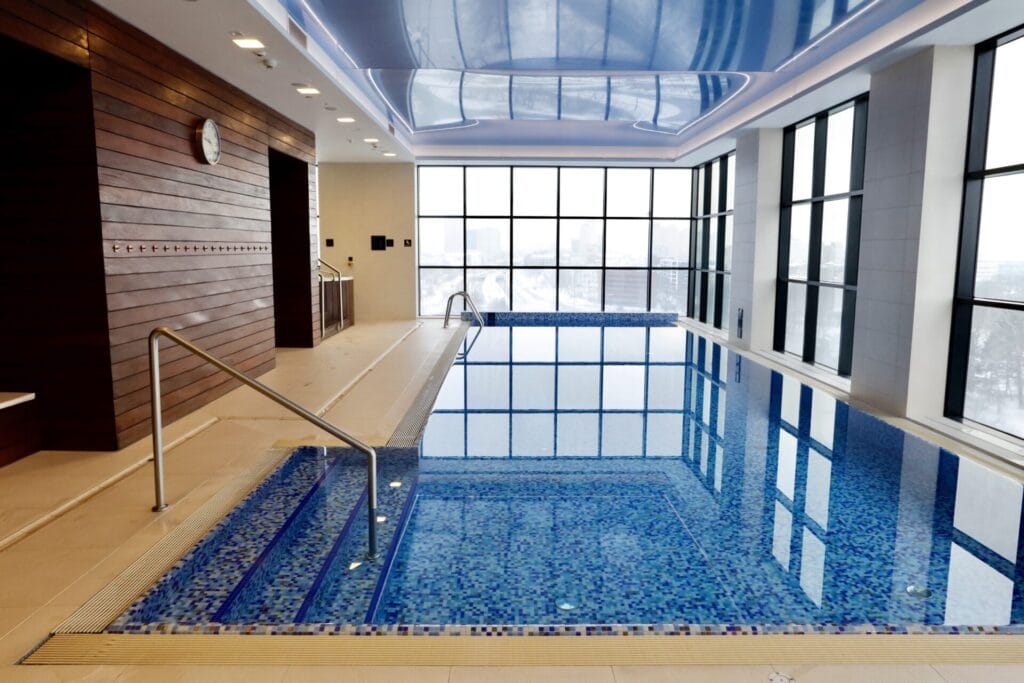
In industrial settings such as factories or warehouses, flooring materials must withstand heavy foot traffic, equipment movement, and potential chemical spills. While synthetic turf may offer a visually appealing alternative to concrete or asphalt, heated synthetic turf may not be suitable due to the risk of damage from industrial chemicals or sharp objects. Additionally, the heating elements could pose a fire hazard in environments where flammable materials are present.
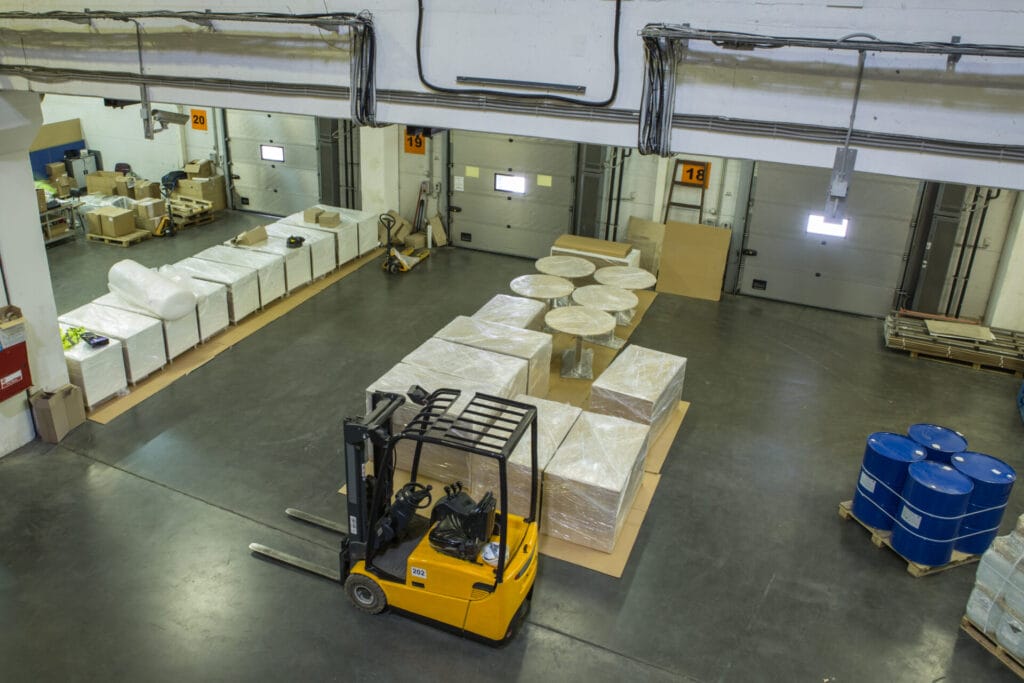
Playgrounds are bustling hubs of activity, with children running, jumping, and playing games throughout the day. While synthetic turf is often used to create soft and safe play surfaces, heated synthetic turf may not be the best choice for high-activity playgrounds. The constant wear and tear from active play can put strain on the heating elements, leading to potential malfunctions or uneven heating across the surface. Moreover, the increased risk of falls and collisions could result in damage to the turf or heating system.
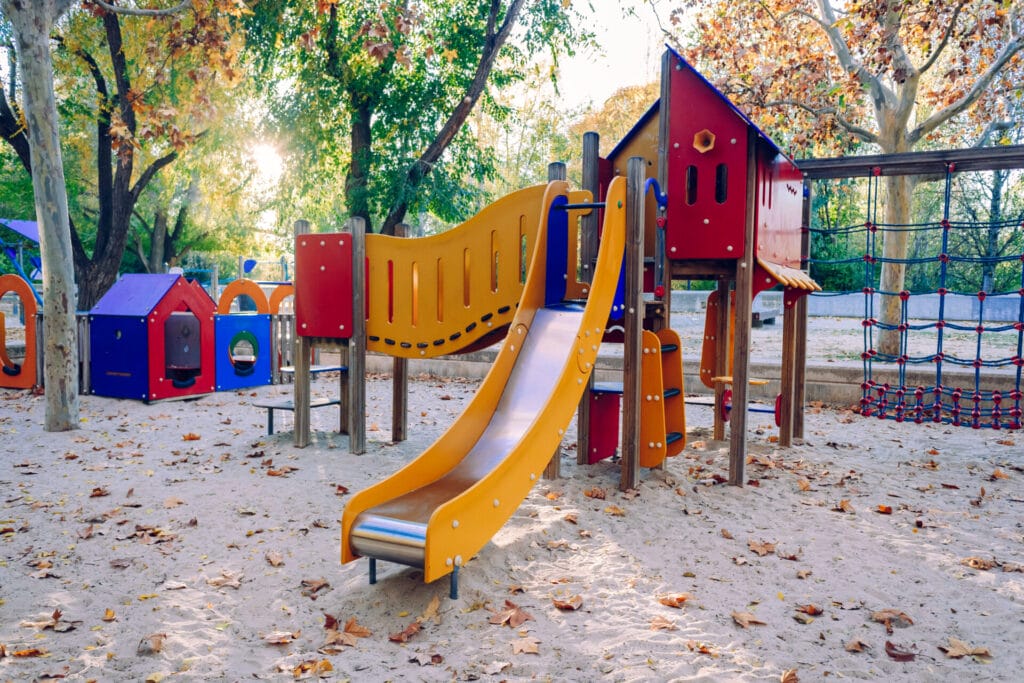
Flooding can wreak havoc on outdoor surfaces, causing water damage and promoting mold and mildew growth. While synthetic turf is designed to drain water efficiently, heated synthetic turf may not fare well in areas prone to frequent flooding. The combination of moisture and electrical heating elements could pose safety risks and compromise the integrity of the turf system. In such environments, alternative flooring solutions that are better suited to waterlogged conditions should be considered.
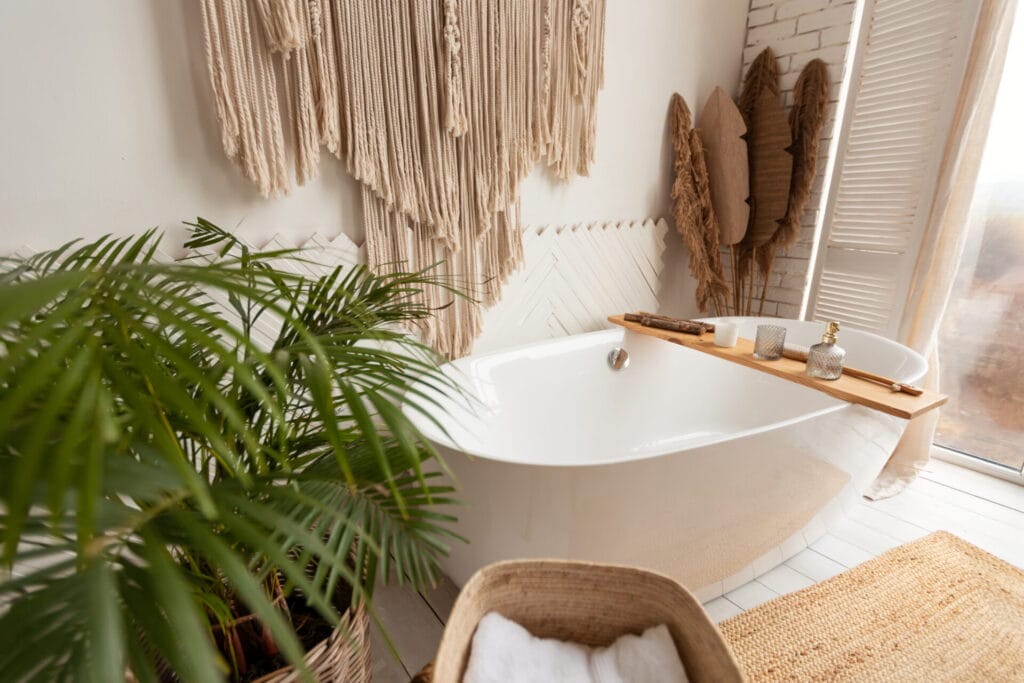
Rooftop gardens and recreational areas are becoming increasingly popular in urban environments, offering green spaces in densely populated areas. When considering heated synthetic turf for rooftop installations, it’s essential to factor in weight restrictions and structural limitations. The additional weight of the heating system, along with the substrate and turf materials, may exceed the load-bearing capacity of the rooftop structure. In such cases, lightweight alternatives or non-heated synthetic turf may be more appropriate.
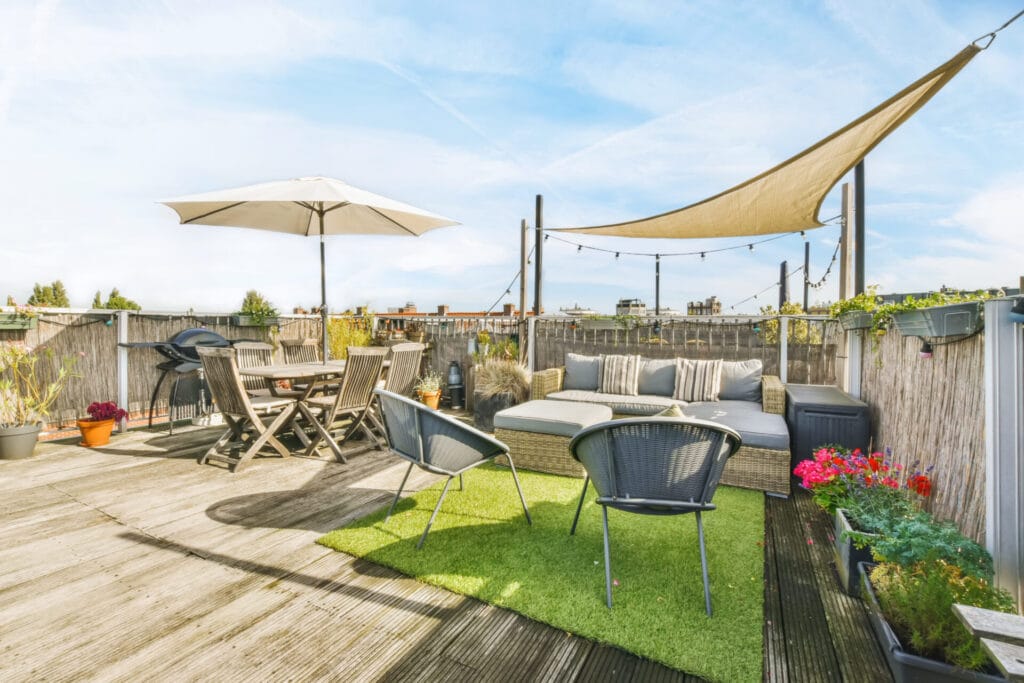
While heating synthetic turf can provide comfort in cooler climates, it also consumes energy to maintain the desired temperature. In locations where energy efficiency is a top priority, such as eco-friendly buildings or sustainable developments, heated synthetic turf may not align with sustainability goals. The constant energy consumption required to heat the turf could offset any environmental benefits gained from using synthetic materials. In such instances, passive heating solutions or alternative heating sources may be preferred.

Altitude and climate can have a significant impact on the performance of heated synthetic turf. In high-altitude locations or regions with extreme temperatures, the heating system may struggle to maintain consistent warmth across the surface. Freezing temperatures, strong winds, and heavy snowfall can also exacerbate wear and tear on the turf and heating elements, reducing their lifespan. In such environments, careful consideration should be given to the feasibility and maintenance requirements of heated synthetic turf.
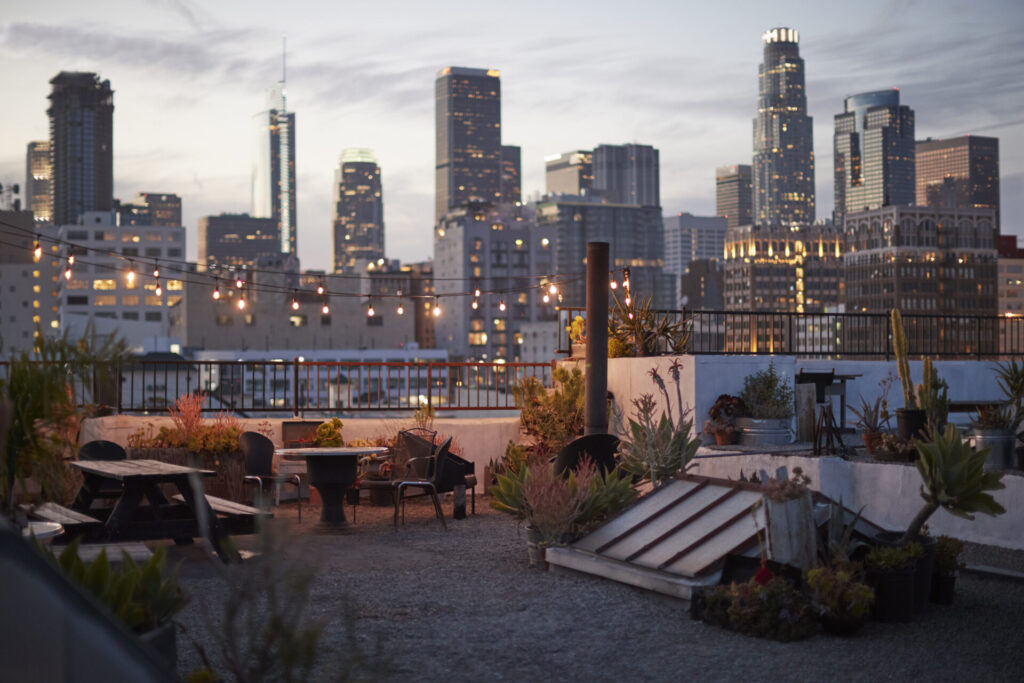
Heated synthetic turf offers a versatile solution for creating functional outdoor spaces in various environments. However, there are certain situations where it may not be the most suitable option. From indoor swimming pools to high-activity playgrounds and flood-prone areas, careful consideration of environmental factors and usage requirements is essential when deciding whether to use heated synthetic turf. By understanding where not to use heated synthetic turf, landscape architects, facility managers, and homeowners can make informed decisions to ensure the long-term success and durability of their outdoor installations.
Share this post:
Check other topics that may help you get more insights for your project:

